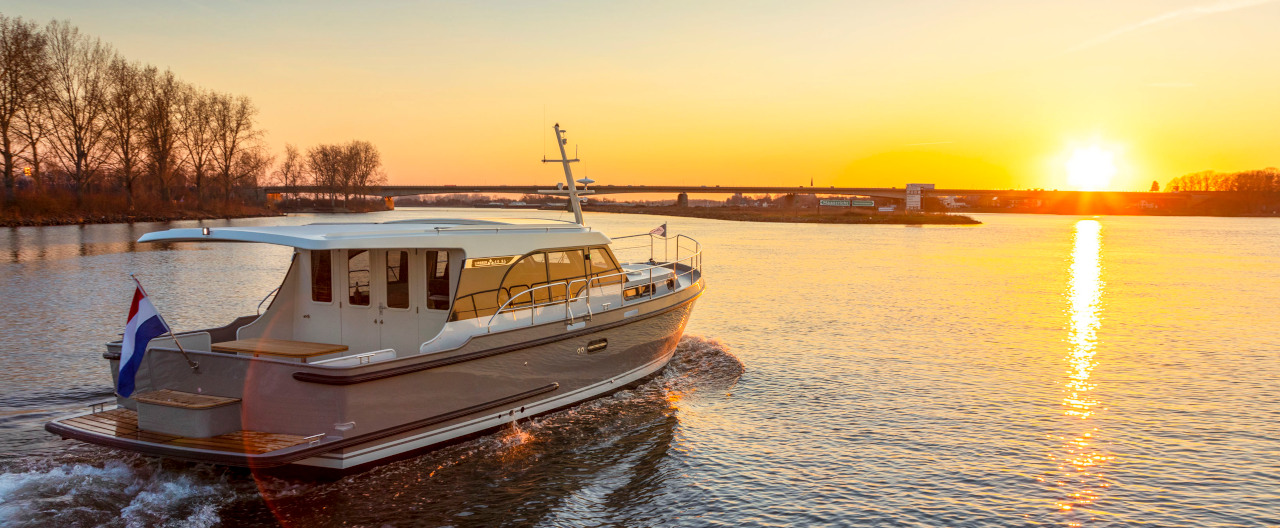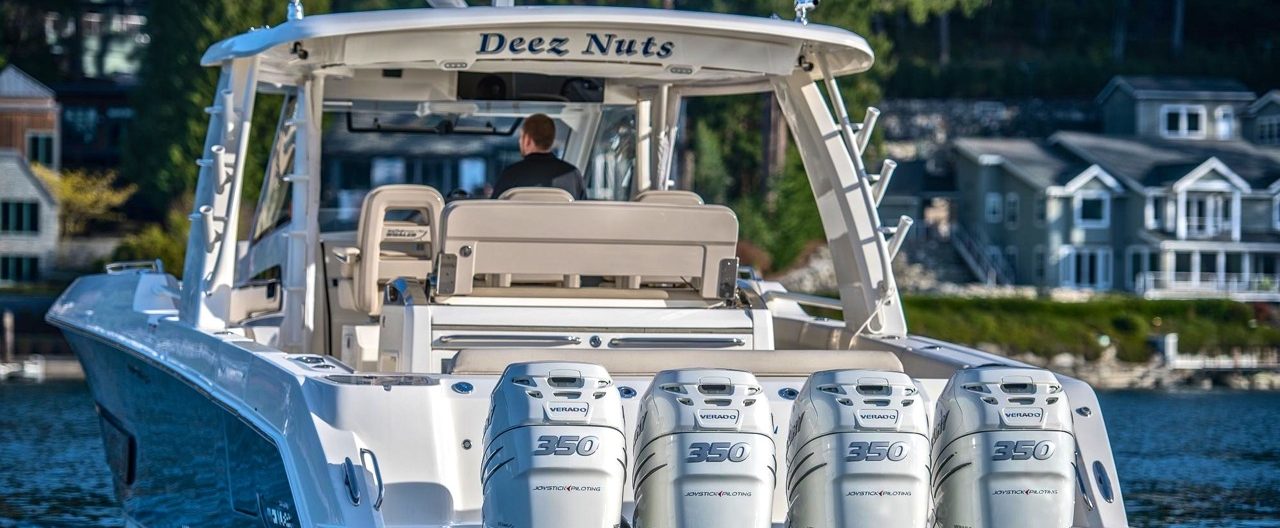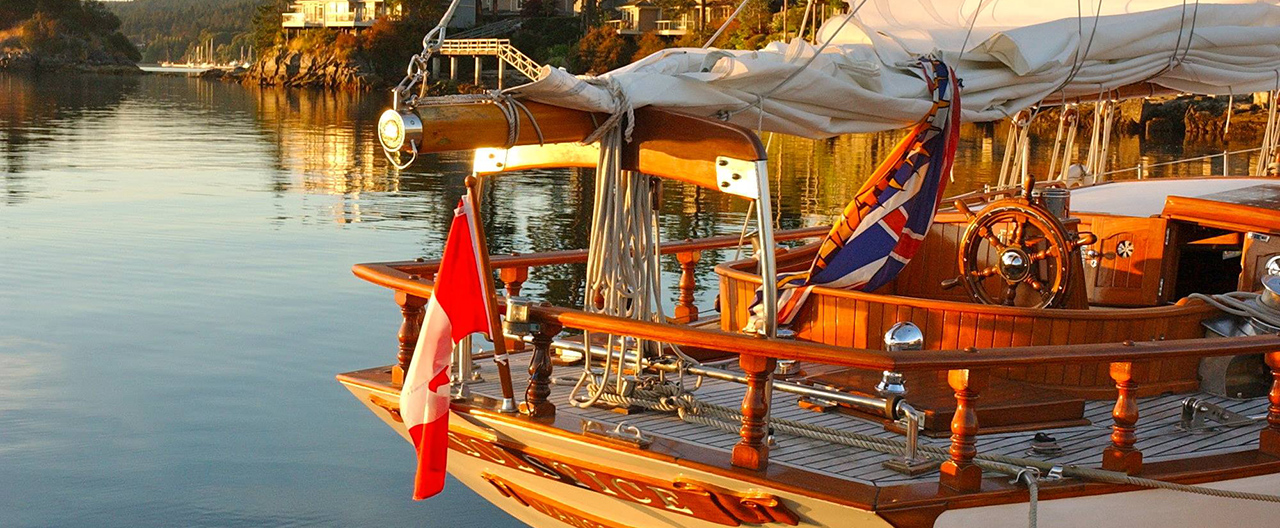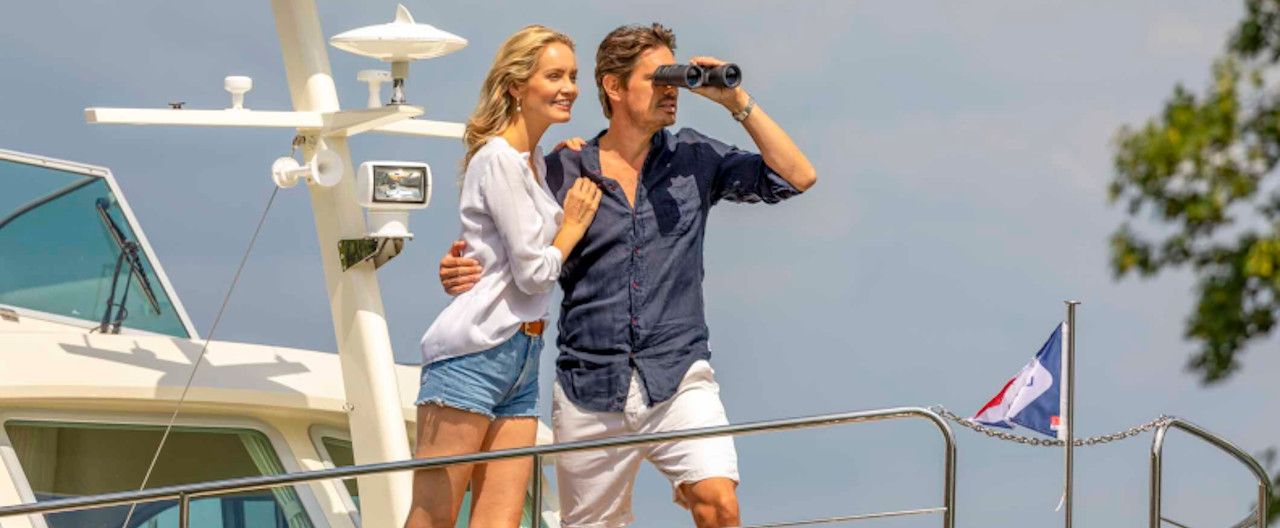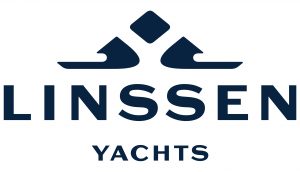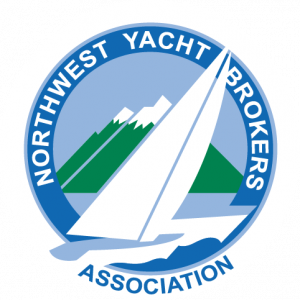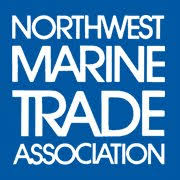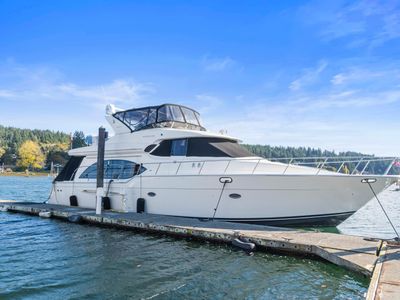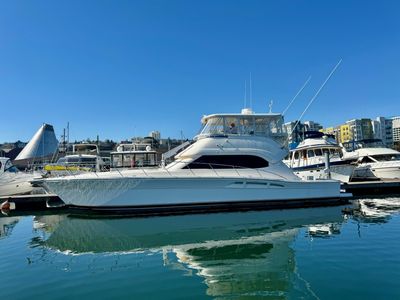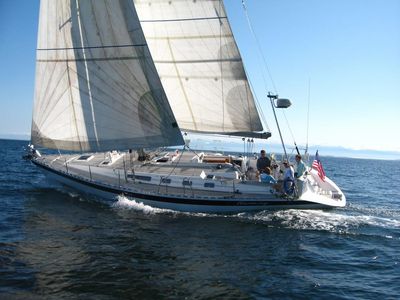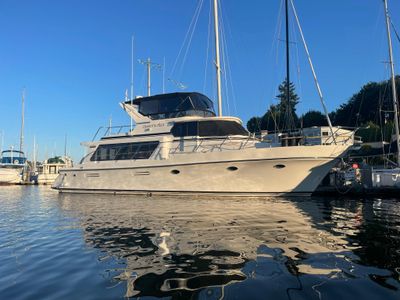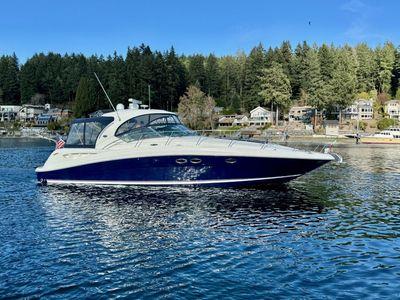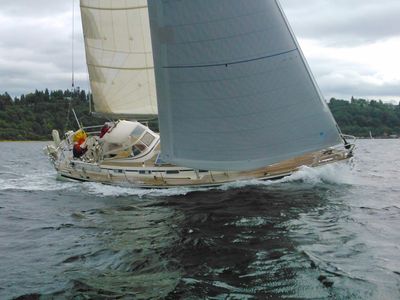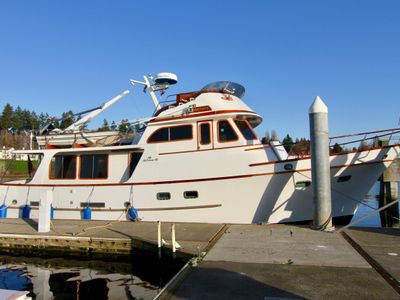Welcome to Northwest Yachtnet
The Northwest’s Premier Yacht Broker Network
Northwest Yachtnet is owned and operated by two long-time yacht brokers, Bob Berglund and Kurt Kingman. Bob and Kurt are excited to bring this company to you, enabling them, along with their brokers, to provide you with a seamless yacht buying and selling experience. Northwest Yachtnet brokers have the knowledge, contacts and yachting expertise to give you optimal service in any area that you require. We are dedicated to continuing professionalism. Our brokers complete the continuing education required to be “Certified Professional Yacht Brokers”. Our highly skilled team will treat you with honesty and respect. We are here to make boating the enjoyable experience it is meant to be.

